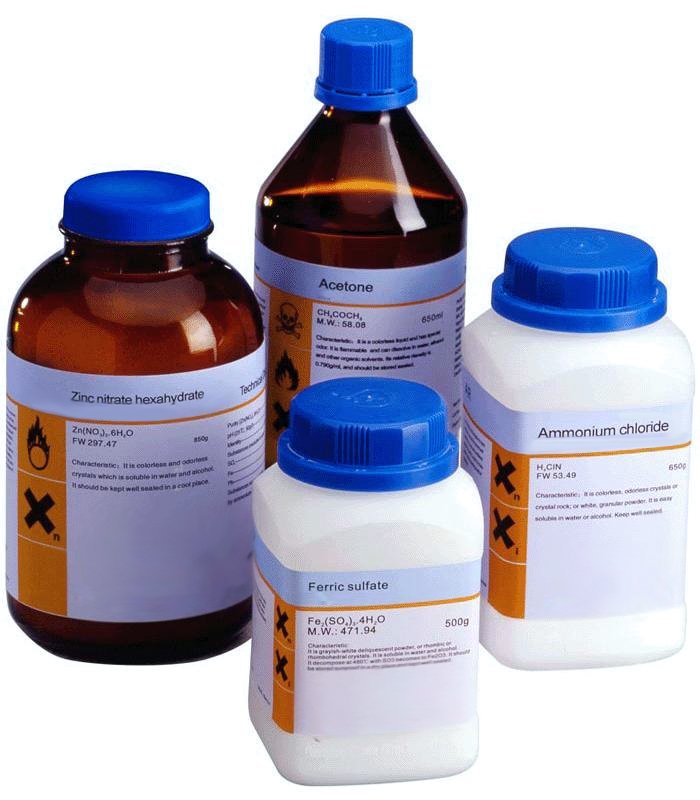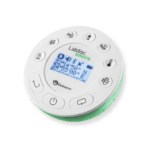

Sodium Bicarbonate 1kg FCC
€14,00 incl. VAT
Sodium Bicarbonate (Baking Soda) – Sodium hydrogen carbonate
Chemical Formula: NaHCO₃
Molecular Weight: 84.01 g/mol
CAS Number: 144-55-8
EC Number: 205-633-8
Grade: FCC (Food Chemicals Codex)
Appearance: White crystalline powder
Odor: Odorless
Taste: Mildly alkaline
Solubility: Soluble in water
https://pubchem.ncbi.nlm.nih.gov/compound/Sodium-Bicarbonate
Sodium Bicarbonate 1kg FCC
Sodium bicarbonate (IUPAC name: sodium hydrogencarbonate), commonly known as baking soda or bicarbonate of soda, is a chemical compound with the formula NaHCO3. It is a salt composed of a sodium cation (Na+) and a bicarbonate anion (HCO3−). Sodium bicarbonate is a white solid that is crystalline, but often appears as a fine powder. It has a slightly salty, alkaline taste resembling that of washing soda (sodium carbonate). The natural mineral form is nahcolite. It is a component of the mineral natron and is found dissolved in many mineral springs.
FCC-grade ensures high purity and safety for human consumption.
-
Name: Sodium Bicarbonate (Baking Soda)
-
Chemical Formula: NaHCO₃
-
Molecular Weight: 84.01 g/mol
-
CAS Number: 144-55-8
-
EC Number: 205-633-8
-
Grade: FCC (Food Chemicals Codex)
-
Appearance: White crystalline powder
-
Odor: Odorless
-
Taste: Mildly alkaline
-
Solubility: Soluble in water
Applications:
-
Food & Baking:
Acts as a leavening agent in cakes, cookies, pancakes, and dough-based recipes. -
Supplements & Pharmaceuticals:
Used as a pH buffer and in antacid formulations. -
Household & Cleaning:
Natural cleaner, deodorizer, and gentle abrasive for home surfaces. -
Cosmetics & Personal Care:
Included in deodorants, bath products, and oral hygiene items.
Packaging & Storage:
-
Packaging: 1kg in a resealable pouch
-
Storage: Keep in a cool, dry place away from heat and moisture
-
Safety: Food-grade and non-toxic. Avoid inhalation of dust. Keep out of reach of children.
Nomenclature
Because it has long been known and widely used, the salt has many different names such as baking soda, bread soda, cooking soda, and bicarbonate of soda and can often be found near baking powder in stores. The term baking soda is more common in the United States, while bicarbonate of soda is more common in Australia, United Kingdom and Ireland. and in many northern/central European countries it is called Natron. Abbreviated colloquial forms such as sodium bicarb, bicarb soda, bicarbonate, and bicarb are common.
The word saleratus, from Latin sal æratus (meaning “aerated salt”), was widely used in the 19th century for both sodium bicarbonate and potassium bicarbonate.
Its E number food additive code is E500.
The prefix bi in bicarbonate comes from an outdated naming system predating molecular knowledge in reference to the two molar equivalents of carbon dioxide (known as carbonic acid in the ancient chemistry language) that potassium hydrocarbonate/bicarbonate releases upon decomposition to (di)potassium carbonate and to potassium oxide (potash). The modern chemical formulas of these compounds now express their precise chemical compositions which were unknown when the name bi-carbonate of potash was coined (see also: bicarbonate).




 Labdisc
Labdisc Botzees
Botzees Edison
Edison Telepresence Robot
Telepresence Robot DOBOT
DOBOT Keyestudio
Keyestudio Fischertechnik
Fischertechnik